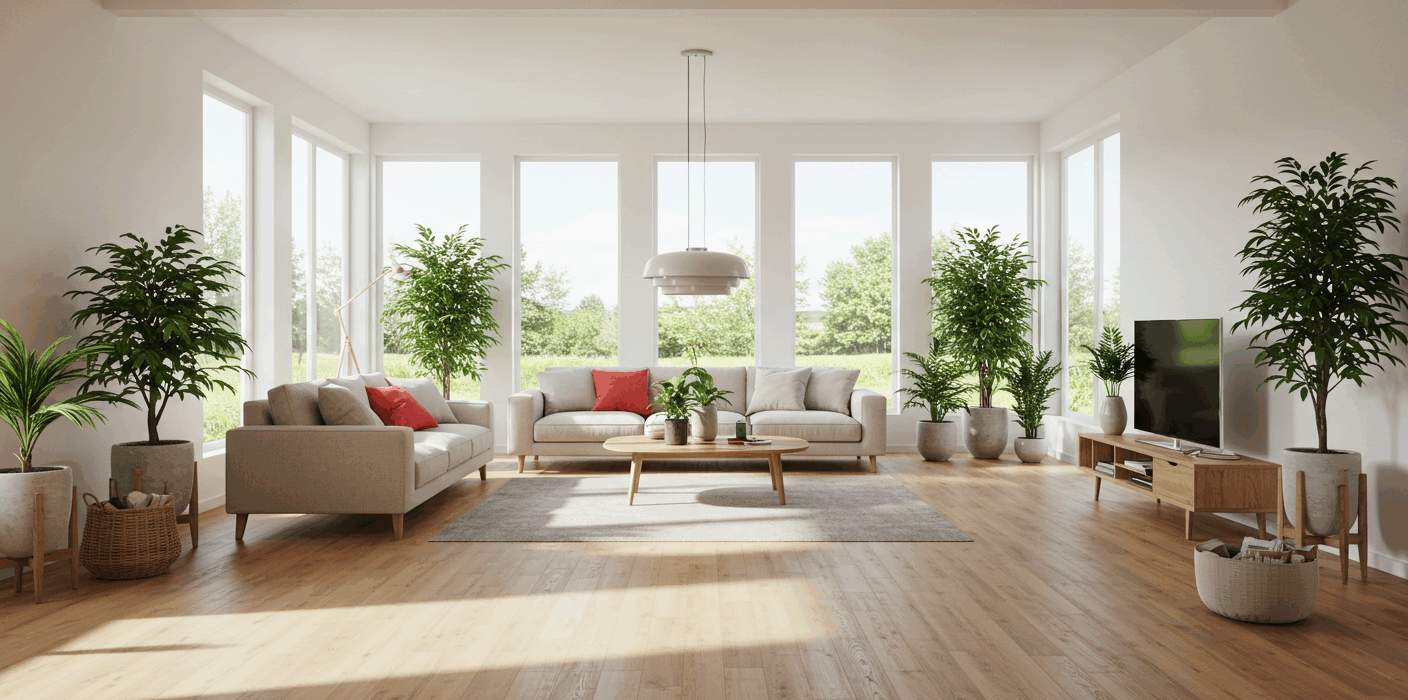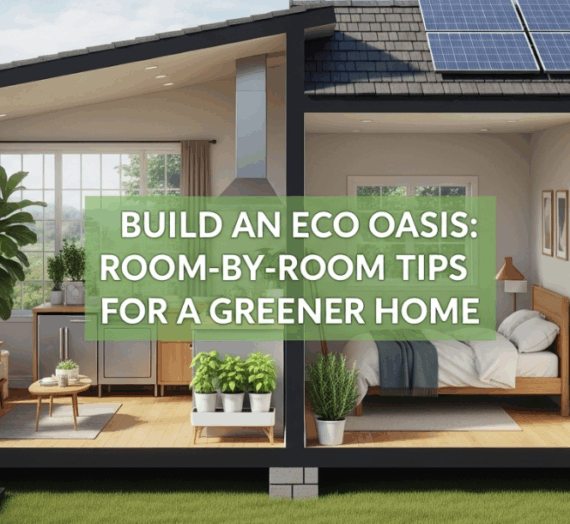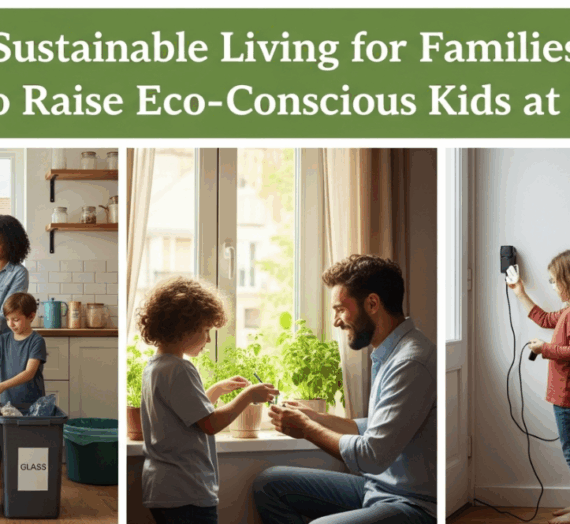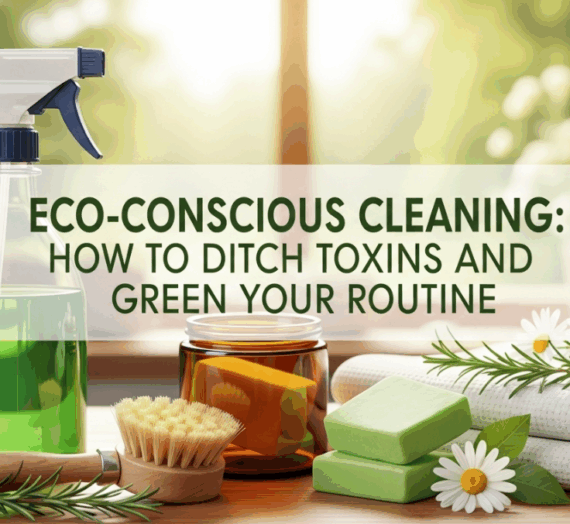
Why Going Green at Home Actually Matters
It’s easy to roll your eyes at the hype around eco-friendly living, but consider this: our energy consumption, waste habits, and product choices have direct impact on the planet. Small changes at home like switching to LED bulbs, reducing water waste, or choosing biodegradable cleaners add up. And the bonus? Lower bills, healthier air, and a home that just feels better to live in. If studies were needed, research shows improved well-being in sustainable households.
Practical Steps to Make Your Home Eco-Friendly
Getting started doesn’t require a PhD in environmental science. Start with what’s feasible for your lifestyle, and build gradually. Here’s a roadmap that actually works.




1. Minimize Energy Usev
It’s not just about flipping off switches when you leave a room. Upgrade to energy-efficient appliances, seal windows, add insulation, and consider smart thermostats. Solar panels may seem expensive, but rebates and long-term savings make them worthwhile. Bonus: your neighbors might finally stop judging your heating bills.
2. Rethink Water Consumption
Water is free until your bill arrives, right? Collect rainwater, fix leaks, and invest in low-flow faucets and showerheads. Greywater systems can redirect used water for irrigation. It’s nerdy, but your garden will thrive and your conscience stays clean.
3. Waste Less, Live More
Composting isn’t just for hippies. It reduces landfill load and provides natural fertilizer. Use reusable containers, bags, and swap single-use items with sustainable alternatives. If someone rolls their eyes, remind them you’re saving money too.
4. Green Your Indoor Air
Houseplants aren’t just decoration. Spider plants, peace lilies, and snake plants filter toxins naturally. Combine with non-toxic paints, cleaning supplies, and proper ventilation for a genuinely healthier environment.
Eco-Friendly Materials and Design Choices
Choosing the right materials matters. Bamboo flooring, recycled countertops, and reclaimed wood furniture not only look chic but reduce resource strain. Avoid fast furniture; it’s cheap now but creates waste later. Think of your home as an investment for the planet and your sanity

Smart Tech for Sustainable Living
Technology doesn’t have to be an enemy. Smart plugs, energy monitors, and solar-powered gadgets help track and optimize consumption. Apps for meal planning reduce food waste. Automation can make living eco-friendly effortless, while you binge-watch your favorite show guilt-free.
Eco-Friendly Cleaning and Daily Habits
Store-bought cleaners are convenient but harsh. Vinegar, baking soda, and castile soap can handle most chores. Make laundry eco-friendly by washing in cold water, air drying when possible, and using biodegradable detergent. Tiny adjustments, massive impact.
Creating an Eco-Friendly Outdoor Space
Even if your backyard is small, think vertical gardens, container planting, or native shrubs. Mulch to reduce water use, harvest rainwater, and plant perennials. Outdoor green spaces reduce heat absorption, support pollinators, and look amazing bonus bragging rights.

Budget-Friendly Tips to Go Green
- Start with simple swaps: reusable bags, LED bulbs, and energy-efficient appliances.
- Buy secondhand furniture or repurpose old items for new purposes.
- DIY natural cleaning products to save money and reduce chemicals.
- Grow herbs and vegetables indoors or on a balcony.
- Join local community groups for sharing tools, compost, or plants.
Real-Life Inspiration
The Parker family in Vermont transformed their suburban home into a near-zero-waste eco-friendly haven. Solar panels power the house, compost feeds the garden, and homemade cleaning products keep everything sparkling. They claim monthly utility bills dropped 50%, and they feel more in control than ever. If they can do it while homeschooling three kids, so can anyone.

FAQ
Can I make an apartment eco-friendly?
Absolutely. Indoor plants, LED lighting, water-saving fixtures, and small-scale composting can all fit in an apartment. Efficiency is key, not square footage.
Is going green expensive?
Initially, some investments are needed, but over time you save money on energy, water, and disposable products.
How can I motivate my family to adopt eco-friendly habits?
Start with small wins: reusable bottles, family gardening, or fun DIY projects. Show tangible benefits like savings and improved home comfort.
Summary Table of Key Practices
| Practice | Impact |
|---|---|
| Energy Efficiency | Lower bills, reduced carbon footprint |
| Water Management | Conserve water, maintain garden health |
| Waste Reduction | Less landfill waste, compost for garden |
| Indoor Air Quality | Healthier living, natural toxin removal |
| Sustainable Materials | Reduced resource strain, long-lasting home design |
Start integrating these habits today. Your home can be stylish, functional, and genuinely eco-friendly. Share this guide, inspire others, and remember: being green doesn’t require perfection, just smart choices.
© 2025 Froyo Space Life. All rights reserved. Explore more sustainable living insights right here on our website.



